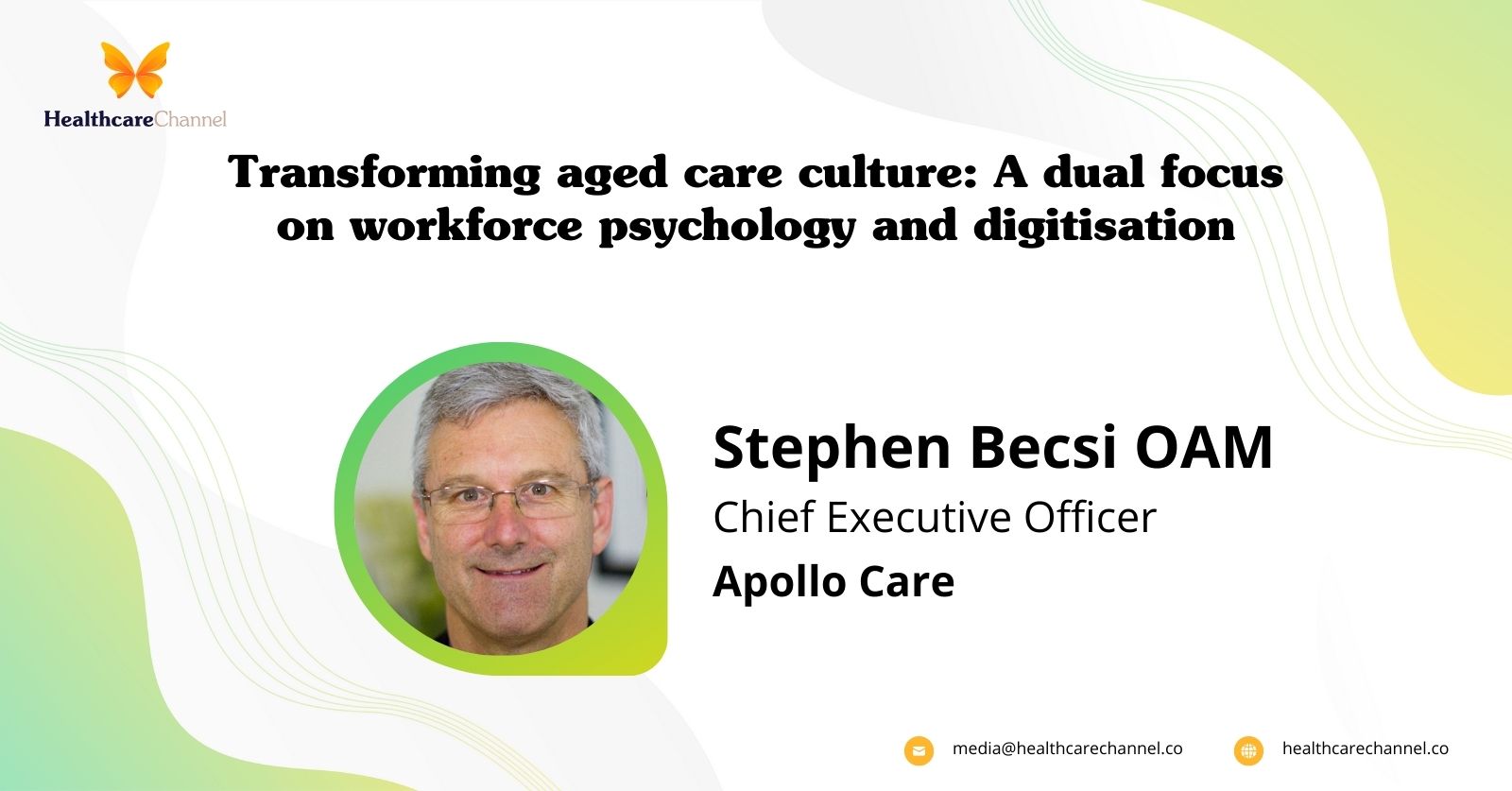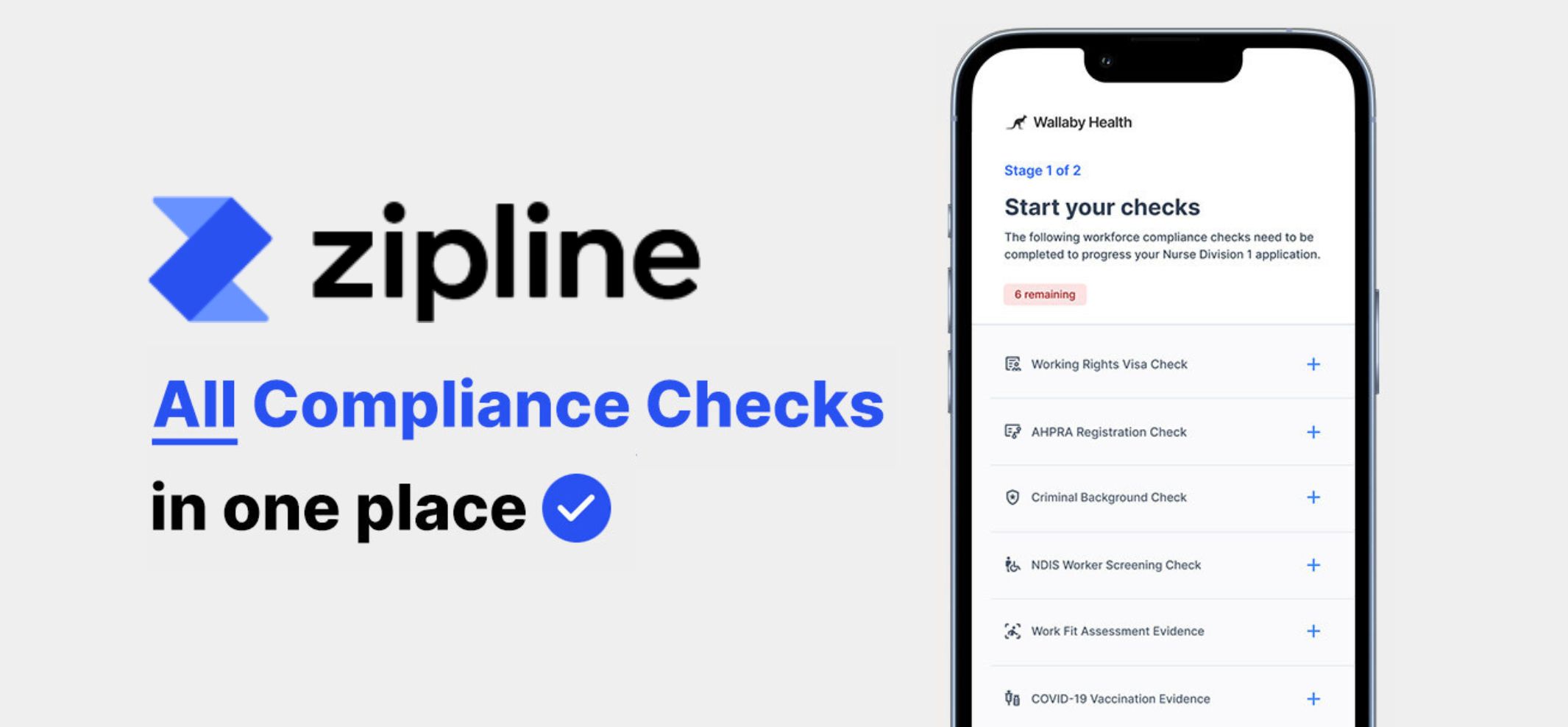The Aged Care Quality and Safety Commission, ACQSC, continues to focus on their risk-based proportionate approach to monitoring compliance.
The Aged Care Quality and Safety Commission – Regulatory Strategy document updated on 1 January 2020 states; “Regulating aged care requires clarity about the risks being addressed. The Commission applies a risk-based proportionate approach to regulation. This means the focus of our activities is on the areas of greatest risk to the safety, health and well-being of aged care consumers.”
This approach of the ACQSC will continue with the introduction of the new Aged Care Act (the new ACT) and its subordinate legislation later this year, which will outline a new regulatory model. The Department of Health Document – A new model for regulating Aged Care April 2023 states: “Under the new model, regulation will be proportionate to risk and support continuous improvement in the sector. The new model’s four foundations build an approach that is: rights-based, person-centred, risk-proportionate, focused on continuous-improvement.”
Therefore, aged care providers have a regulatory obligation to meet the Aged Care Quality Standards, including identifying and managing consumers with high impact and high prevalence risks. However, there are still a high number of aged care providers that have non-compliance issues and we are finding that those aged care providers are not able to demonstrate they are identifying and managing the consumers’ high impact and high prevalence risk.
To ensure compliance with quality standards and improve outcomes for consumers, services must have systems in place to:
- allow them to identify high-risk consumers,
- to profile the consumers to ensure their individual risks are being managed,
- to identify any systemic opportunities for improvement,
- and identify any training requirements.
Bearing the above in mind, RIAM (Risk, Identification, Analysis, and Management Tool) has been specially designed and developed to help you move away from outdated periodic internal self-assessment auditing to real-time risk identification and management of high-impact and high-prevalence Risks.
RIAM provides facility and organisation managers with complete clarity on identifying and managing their own risk, both at facility and organisational levels. RIAM is a scalable, cost-effective and user-friendly tool that helps you eliminate unnecessary administrative tasks associated with manual processes.
RIAM has the ability to provide single and multi-facilities organisations with evidence-based risk profiling of their consumers that will:
- Pre-emptively identify high-impact risks for your consumers.
- Support your care teams to understand, minimise and monitor high-impact and high-prevalence consumer risk.
- Significantly reduce compliance risk at an accreditation and assessment level.
- Provide an absolute clarity around risk profile for each facility that informs board level, management and your clinical team.
Case-Study – RIAM Software
Late last year, we were approached by a multi-site aged care provider that had non-compliance issues across 3 of their 5 sites, including one Notice to Agree. The non-compliance was based around standard 3 and 8 of the Quality Standard, including:
- Standard 3 Requirement 3 (b): Effective management of high-impact or high-prevalence risks associated with the care of each consumer.
- Standard 8 Requirement (3) (d): Effective risk management systems and practices, including but not limited to the following: (i) Managing high-impact or high-prevalence risks associated with the care of consumers.
The aged care provider had the latest clinical software in place across all sites and had a quality team at the corporate level to support the sites; however, there they did not have a software tool to assist any of the staff in identifying and managing the consumers’ risks and the management did not have an effective tool to monitor the consumers’ risks. They were using spreadsheets and out-of-date periodic percentage sampled auditing methodologies which were ineffective.
The organisation has implemented RIAM across all their sites and the software has enabled the organisation to get back to compliance from the ACQSC. Since the implementation of RIAM, the organisation has been able to effectively manage the following process:
- Entry Meeting Questions to identify your high impact, high prevalence risk residents
- Profile each resident against the high impact high prevalence risk to identify the risk
- Address the identified risk through individual consumer action plan
Additionally, RIAM has provided the organisation with evidence-based data, which has enabled the organisation to;
- understand training requirements within the workforce,
- support the workforce modelling,
- take decisions to ensure the right system and policies are in place,
- and improve their clinical governance processes
The staff were able to provide proactive and person-centred clinical care. RIAM was able to assist the staff with quick identification of high-impact risks for individual consumers and effectively improving the health outcomes for those consumers.
Vitish has international experience in Business, Procurement, Contract Management, Compliance Management, Facilities Management, and Hospitality Management. Vitish has worked in the aged care sector for over 15 years assisting Aged Care providers to improve their services, including supporting sanctioned and non-compliance services to regain full compliance. Vitish successful work in this role highlights his excellent understanding of the aged care regulatory environment. With his hospitality experience, Vitish brings a strong customer focus and a service sensibility to the work of aged care providers.
Virginia has over 35 years of experience in aged care, senior management residential aged care, and for the past 14 years in quality and regulatory roles as a quality surveyor and executive decision-maker with the AACQA, now known as the ACQSC.





























